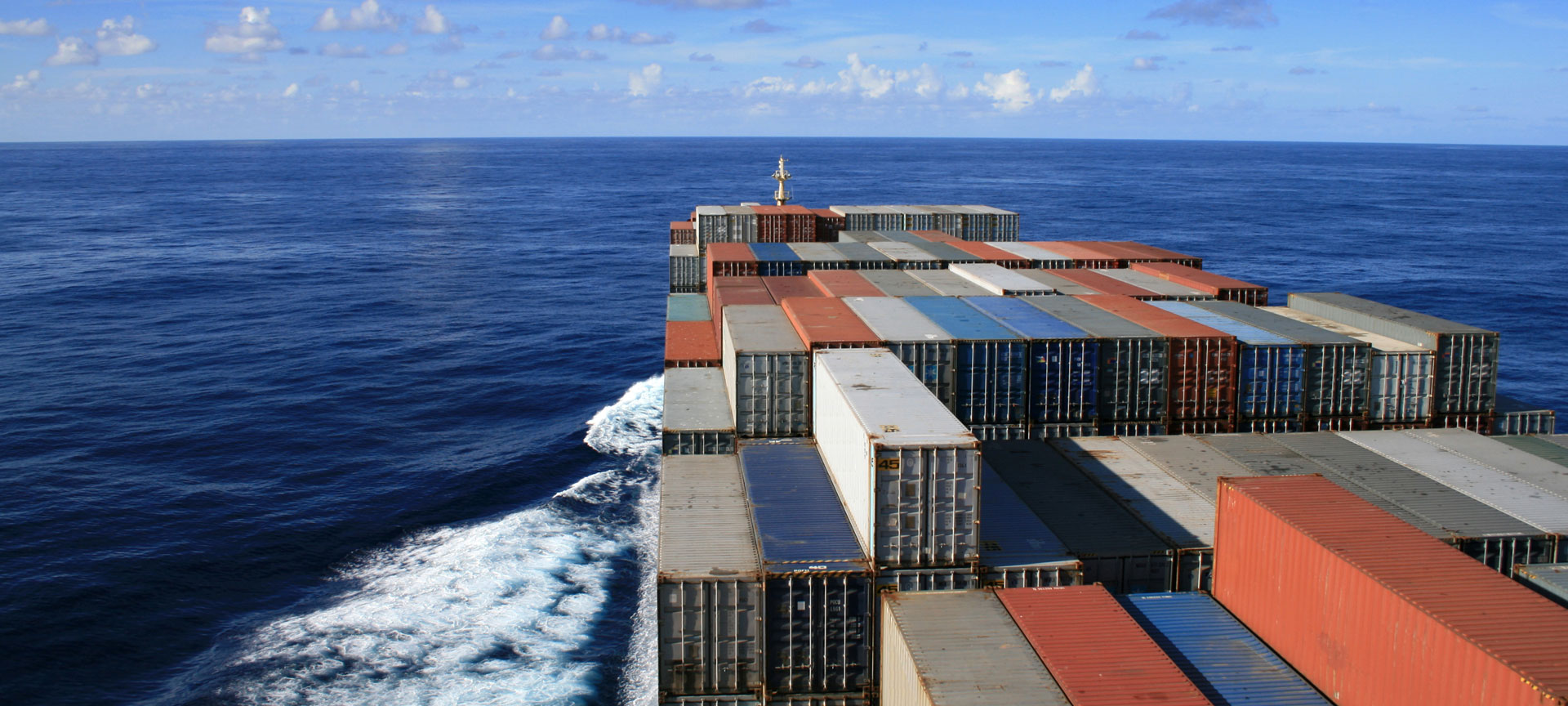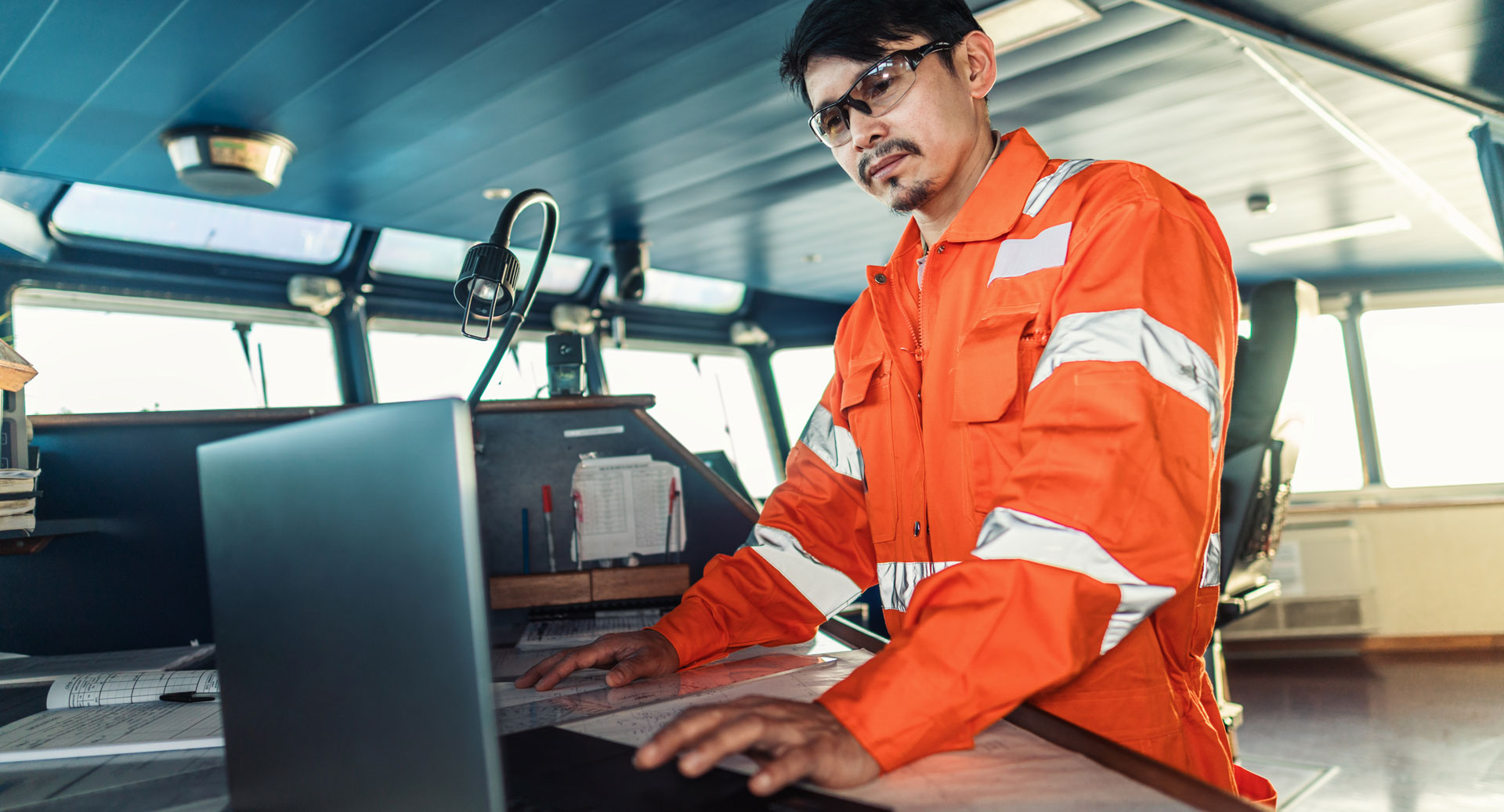The debut of Maritime 4.0

Only 4.2% of the global shipping fleet and 34% of newbuilds on order are capable of using alternative fuel or propulsion. Which means, majority of vessels will have to find ways to decarbonise using an alternative solution mix such as energy-efficiency systems, digital tools, retrofits, lifecycle maintenance solutions and such.
Source: Clarksons Research
Shipping isn’t untouched or unaware of the latest technologies. In fact, Maritime 4.0 debuted on the oceans a long time back. We have all seen autonomous zero-carbon vessels making splashes in the media. Unfortunately, these splashes have remained just that—splashes in the gigantic ocean trade.
And there are solid reasons behind why these “Teslas of the Sea” haven’t taken over or made a global impact on shipping operations yet.
For one, because the concept is centred around new builds, while there is an existing global fleet of over 100,000 ships with an average age of 21.7 years and a lot of good years left in them.
Up to 67% of some container fleet segments (by capacity) are still in the order book, as per Clarkson.
“This means a lot of vessel technology decisions have already been locked to today’s technology. This fleet will simply not go away even if the autonomous vessels were given a green light to take off tomorrow,” explains Hendrik Busshoff, Product Manager Autonomy, W rtsil Voyage.

75–96%
of shipping insurance losses can involve human error, equivalent to $1.6 BN—something that smart navigation, sensor technology and advanced situational awareness can significantly reduce.
Source: Allianze Global
Plus, the average vessel capacity has nearly doubled in the last decade, and ships still continue to get bigger. A large containership is nearly 400 m long (or the distance around an Olympic running track) and can carry around 20,000 TEU. In front of that, an 80 m long battery-operated boat is basically a prototype. So, as of now, it is practically impossible to have so many autonomous vessels ready to take over the existing fleets tonnage capacity.
Then, there are regulatory and safety issues. It’s a lot easier to get regional approvals for short-distance inland and coastal vessels that operate in restricted waters than to get IMO’s nod on container vessels performing intercontinental voyages autonomously.
In short, it’s neither commercially viable to retire the current fleet overnight, nor is it practically possible to have so many new builds ready in a short span to replace the existing fleet.
Completely crewless deep-sea vessels in the future. But autonomous technology can already solve today’s shipping problems—improve safety, reduce human error, ensure fuel efficiency, decongest ports, improve the inland logics chain and help shipping become greener.
Smart Autonomy is a spectrum— from retro‑fitting and automating a part of operations for better efficiency and safety, advanced sensors and decision‑support systems that reduces human error to fully autonomous new builds being designed for the future.
Souping up existing fleets
For reference, it took roughly 140 years for the last of the sailboats to disappear after the first steamships surfaced. While technology moves much faster today, the transition is still bound by certain technical and economic restraints.
Wärtsilä Voyage has, therefore, come up with a staggered and step-by-step approach to assimilate intelligent technologies. This will help create immediate and quantifiable operational value, make shipping greener and safer starting today while opening the pathway to future vessel autonomy.
MV American Courage, a classic 1970s freighter with retrofitted automation technology is the biggest vessel ever to perform automated dock-to-dock operations.
A case in point is American Steamship Company’s (ASC) MV American Courage. Recently, Wärtsilä Voyage souped up this classic 1970s freighter with the latest automation technology, making it the biggest (and, at 42 years, probably the oldest) vessel ever to perform automated dock-to-dock operations.

The vessel has a cargo-carrying capacity of 24,300 gt and can shuttle in the narrow, winding, and heavily congested waterways of the Cuyahoga River in Ohio, US. Mind that the technology isn’t about an empty wheelhouse. Instead, it’s a solution that enhances the crew’s current capabilities and precision to traverse tricky waters and perform complicated manoeuvres, ensuring every trip is conducted safely.

Getting the crew onboard

Over 1.65 million seafarers serving on merchant ships alone who’d need to be trained for the adoption of new greener and smarter technologies—a huge reskilling challenge that simulator training can solve in a safe and cost-effective way.
It’s not just about upgrading the ships. The global seafarers’ pool (over 1.65 MN serving on merchant ships alone) needs to be upskilled as well.
In ASC MV Courage’s case, the crew were given a switch to bifurcate the new system to support acclimation and training. Multiple captains were brought to Wärtsilä’s facilities just to learn what the technology is. So, rather than starting with mechanics, first, the focus was on the underpinnings. As the crew became familiar, training and installation began. And even then, they were given an option to switch back to the old system as a comfort. Finally, when every member onboard got confident, the new system became fully mature.
Like the airline industry, as officers work around more sophisticated navigation equipment, solutions that support regular and thorough preparedness without putting too much at risk will be vital to ensure that the industry doesn’t fall into a skill gap. Cloud simulation training, which comes with the convenience of anytime, anywhere training is therefore touted to play a massive role in smoothening the training and familiarisation process.
Another corner that the industry needs to iron out is having a common and open platform, which helps close the skill gaps by continually supporting mariners to upgrade their competence. Wärtsilä Voyage and OTG have already begun laying the foundation for that.


